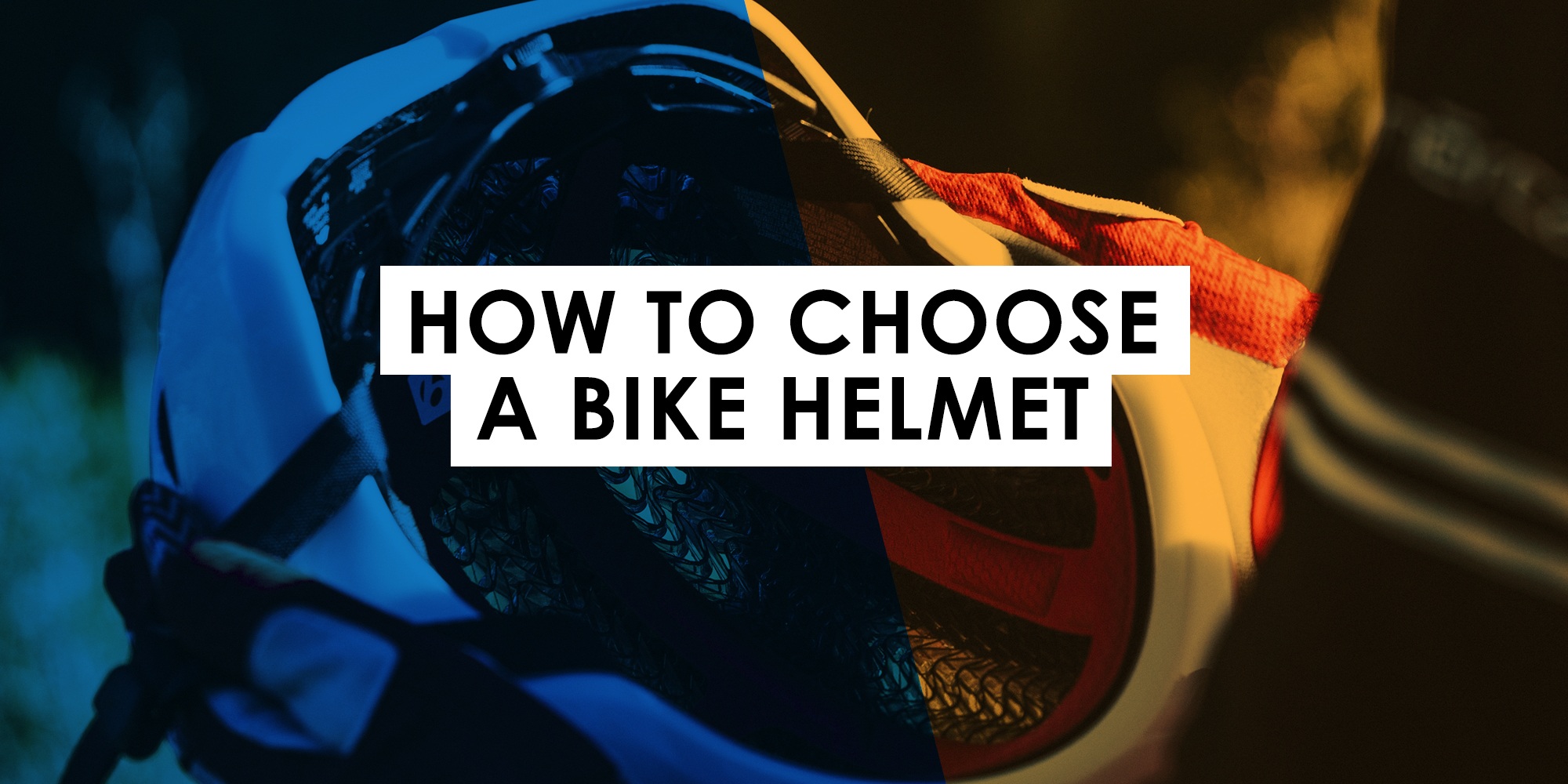Almost more important than finding the right bike is finding the right helmet. Learning how to choose a bike helmet that’s right for you is imperative to your overall safety. There are many options with varying safety technologies and features you can choose from, so it’s important to know the options that are out there and decide which work best for you.
Finding the Right Fit
First things first, you need a helmet that fits properly.
An ill-fitting helmet can disrupt the functionality of all the features meant to keep you safe. The whole point of this piece of equipment is to protect you—make sure it’s able to do its job by finding the right fit and adjusting it properly.
Find your bike helmet size by measuring the circumference of your head. Wrap a measuring tape around the largest portion of your head or alternatively, wrap a piece of string around your head and then measure the length.
Bike Helmet Sizing Guide:
Extra small: below 20″ (51cm)
Small: 20″–21.75″ (51cm–55cm)
Medium: 21.75″–23.25″ (55cm–59cm)
Large: 23.25″–24.75″ (59cm–63cm)
Extra large: above 24.75″ (63cm)
One size fits all: has a highly adjustable fit system
Note: brand sizing may vary—make sure you check your helmet’s specific size guide to match the circumference of your head with their individual sizing system. If you find yourself in between sizes, go with the smaller size or shop for other options.
Don’t forget to adjust your helmet’s tightness. Most helmets have an adjustment wheel that you can turn to meet your specifications. Then, fasten your chin strap tight enough to where you can open your mouth and feel the helmet tightening on the top of your head. Overall, It should feel snug yet comfortable.

Match Your Helmet To Your Riding Style
There are different options for each category of bike riding, so it’s important to match up with the type you will be doing most often.
Road Bike Helmets- designed to provide protection while staying lightweight and aerodynamic.
Mountain Bike Helmets- often outfitted with a built-in visor and MIPS.
Recreational Bikes Helmets- provides basic protection in the event of a crash or fall. Great for those who ride casually.

Bike Helmet Features
Ventilation- vents increase airflow in your helmet to help keep you cool and comfortable.
Visor- a common feature on mountain bike helmets that helps shield the sun from your eyes while riding.
Full-face protection- some mountain bike helmets have a wrap-around chin bar to protect the face from rocks and other debris on the trail.
Mount compatibility- a feature that allows you to attach a camera or light to the top of your helmet

Common Protective Technology
WaveCel- a collapsible cellular structure found within some helmets from Bontrager. This honey-combed gel technology lines the inside of the helmet and absorbs impact by creating a “crumple zone” that absorbs impact during a crash and redirects it away from the head. Learn more about WaveCel technology here.
MIPS- multi-directional impact system, or Mips, is a common safety feature found in bike helmets. This is a slip-plane system designed to reduce rotational forces during impact. Studies have shown Mips helmets are approximately 50% more effective in reducing trauma to the brain in the event of a crash. Learn more about MIPS technology here.
When to Replace Your Helmet
Helmets are meant to absorb one single impact. If you have been in a crash that involved your helmet, it must be replaced. Even if it looks okay, assume the helmet has been damaged as a result of the impact.
If you haven’t been involved in a crash with your helmet, the recommended timeframe to replace your helmet is every five years.

